We’re excited to introduce you to the always interesting and insightful Amelia Panico. We hope you’ll enjoy our conversation with Amelia below.
Hi Amelia , thanks for joining us today. When did you first know you wanted to pursue a creative/artistic path professionally?
Artist Statement / Personal Narrative
As a child, I was drawn to the quiet beauty of the natural world. I vividly remember, at ten years old, capturing a photo with my Brownie camera—a dandelion puff illuminated by sunlight. Even then, I instinctively understood that light and subject would become both my lifelong challenge and passion.
Creativity runs in my blood. My mother, a painter, approached life with a soulful resilience. Living with a heart condition she knew had no cure, she poured herself into art, using creativity as both expression and survival. Her clarity about mortality gave her a sense of urgency to leave a legacy, and her work lit the way for my own creative path. My father, a Navy photographer, continued his love for photography and filmmaking throughout his life, offering another layer of inspiration and visual storytelling.
When I entered art school, I began as a drawing and painting major. But it wasn’t long before photography captured my full attention, and I shifted my focus while minoring in dance—another deep passion. My love for science, especially biology, led me to internships at two major New York City healthcare institutions, which ultimately opened the door to my first professional role as a medical photographer.
I was later offered a position at Memorial Sloan Kettering Cancer Center, working in the genetics laboratory. There, I found the perfect intersection of art and science. One of my most meaningful projects was creating videos for international genetics conferences—visual narratives that transformed photographs of chromosomes into dancers, illustrating how these microscopic structures choreograph life itself. This poetic connection between movement and biology reflected my ongoing desire to see science through the lens of metaphor and art.
Throughout my career, whether in clinical documentation or visualizing complex research, I’ve always returned to this core idea: that science and art are not separate realms, but twin lenses through which we understand the world. My work lives at that intersection—where data meets soul, and where light reveals truth.
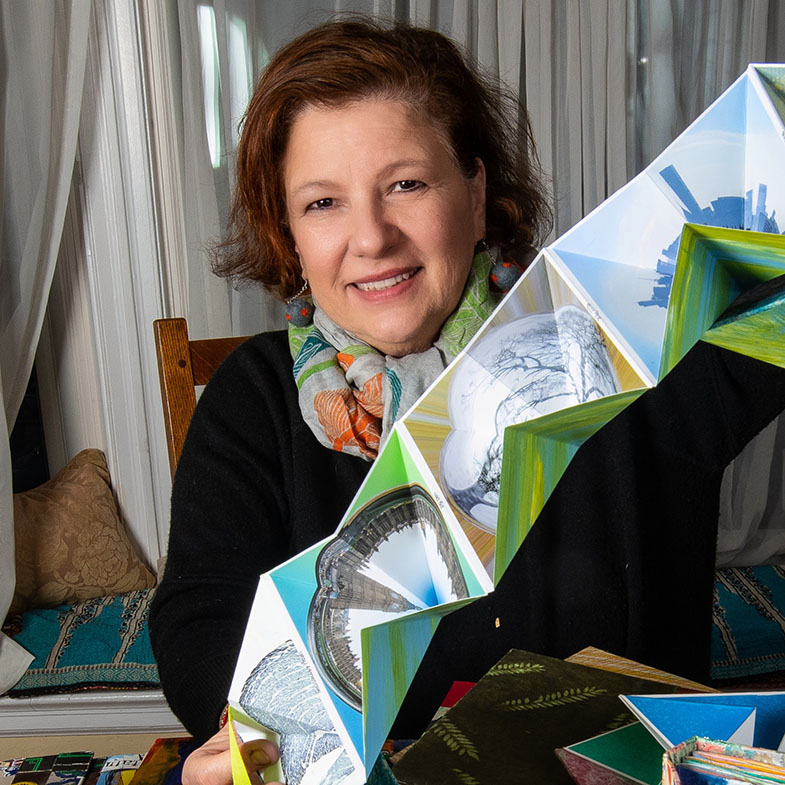
As always, we appreciate you sharing your insights and we’ve got a few more questions for you, but before we get to all of that can you take a minute to introduce yourself and give our readers some of your back background and context?
At the heart of my life’s work is a commitment to kindness, inclusivity, and respect. I am a storyteller and a communicator, a maker who brings ideas into form. Every project begins with an image—a photograph that holds within it a time, a place, a spirit, or a cause. These images speak to something universal, something shared.
My aim is to honor the stories of nature—plants, animals, and the vast complexity of human nature. Through my work, I seek to reflect and preserve the subtle truths that live within the natural world and within ourselves.
The book, as an art form, is my muse. It offers a beginning and an end, a contained space to hold a memory, a thought, a story. Crafting a book with my own hands gives me full control over every material and decision—allowing the process itself to become a ritual. Folding, sewing, layering, and binding are meditative acts, each one a step deeper into reflection.
Though rooted in history, the book today is everywhere—and yet, paradoxically, threatened with extinction. This tension fuels my dedication. In an age of the ephemeral, I find the permanence and intimacy of the handmade book to be the perfect vessel for memory and meaning
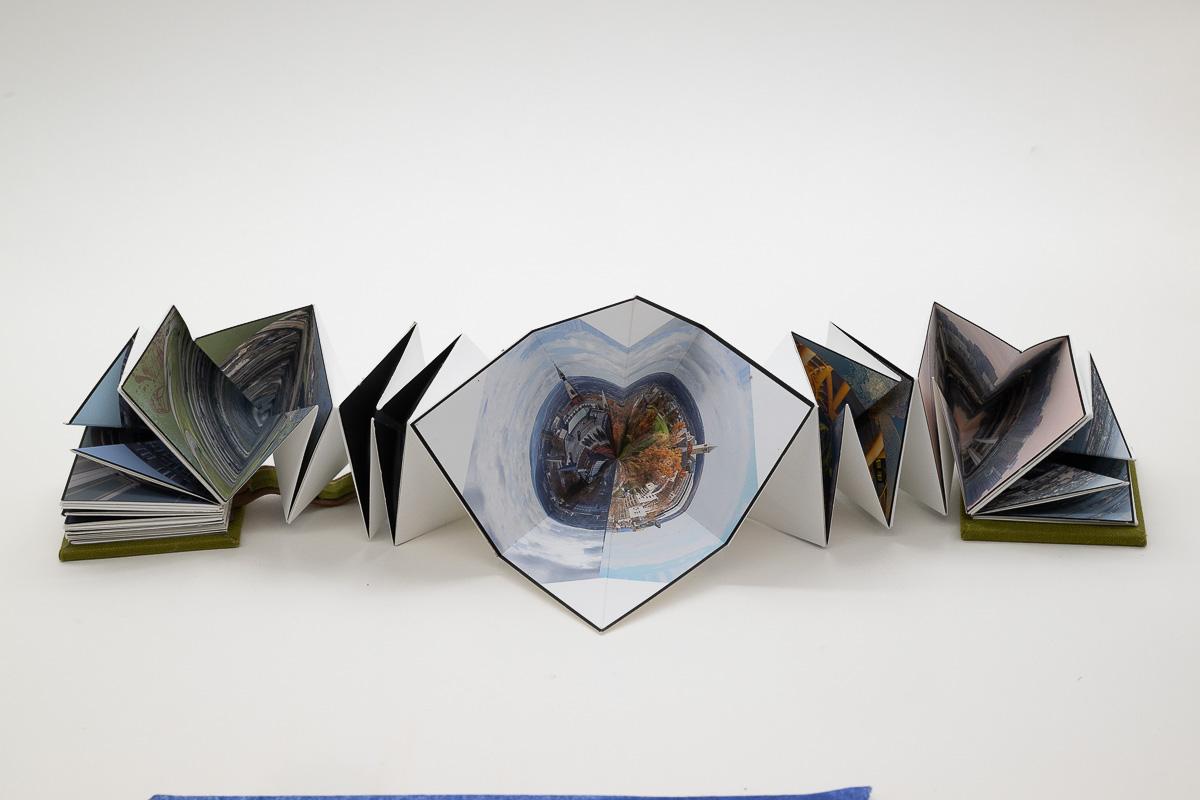
What’s a lesson you had to unlearn and what’s the backstory?
Lessons to unlearn where how to not turn defiance and rebelliousness against me . I wanted to go to college but my father told me that girls just need to get married and start a family. He was from the old world where genders were predefined and you didn’t challenge them. If I wasn’t so defiant I would’nt have pursued an art career. Somehow I made some good decisions with that fire in my belly but I can also say there were some decisions I made just for the sake of being oppositional which I paid a big price for. Ultimately all experiences good and bad have helped to form the person I am today.
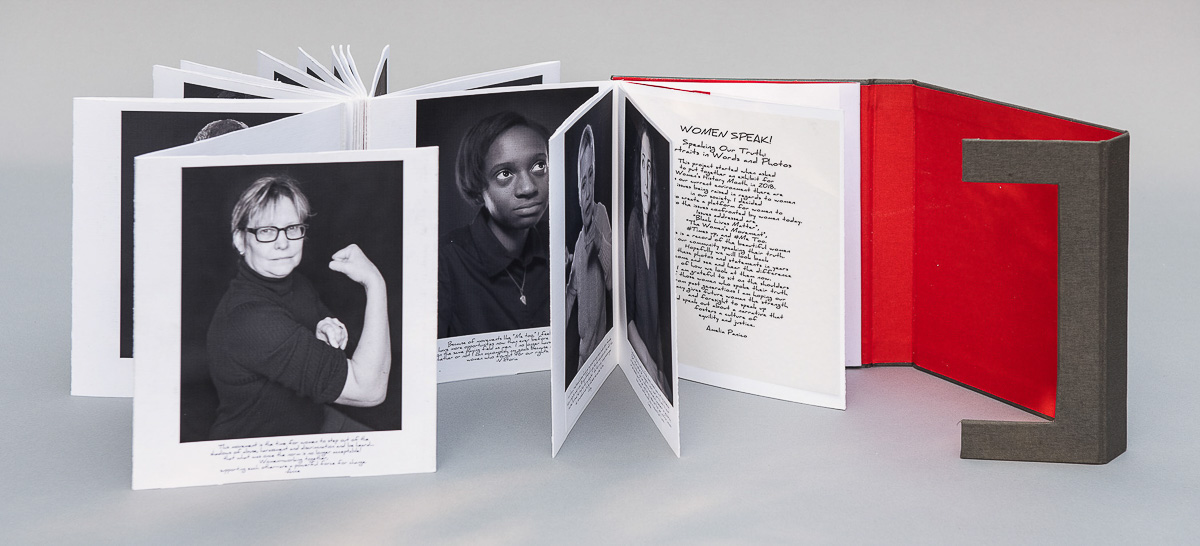
What’s the most rewarding aspect of being a creative in your experience?
The best aspect of being an artist is the ability to see things differently—this unique perspective gives me hope for the future.
When everything seems to fall apart, turn it upside down, add something, take something away. Suddenly, the possibilities are limitless. There are always new ways to connect when you live life with awareness and openness.
Even when walls come crashing down and we can’t see the forest for the trees, it’s important to remember: change is inevitable, whether we like it or not. What matters most is how we choose to respond to that change.
Contact Info:
- Website: https://www.ameliapanico.com
- Instagram: https://www.instagram.com/ameliaphoto/
- Facebook: https://www.facebook.com/amelia.panico
- Linkedin: https://www.instagram.com/ameliaphoto/
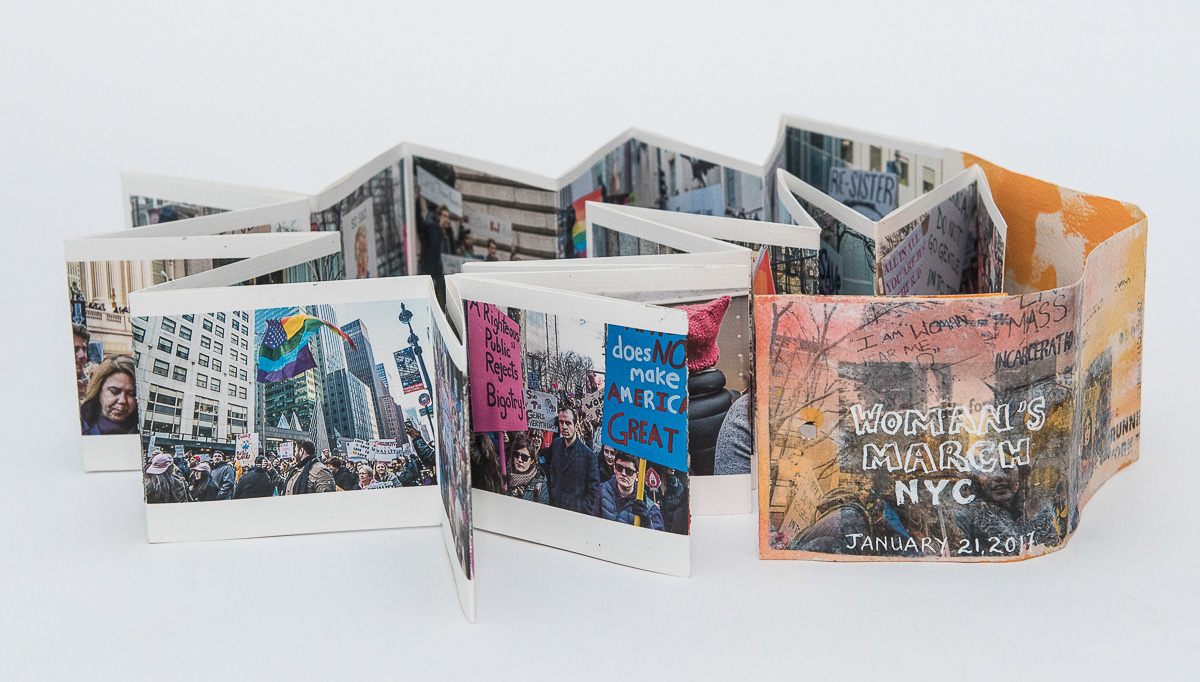

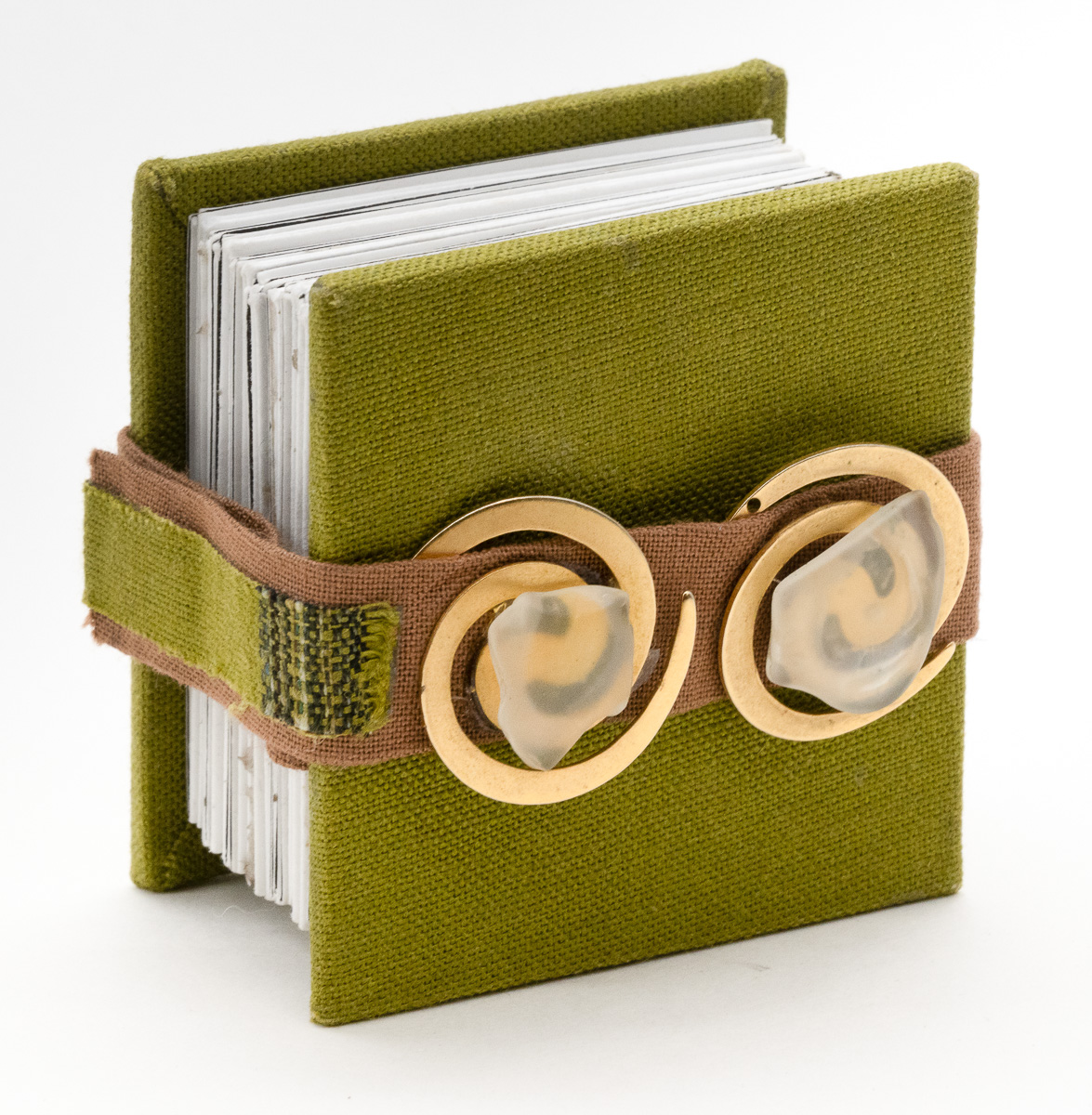
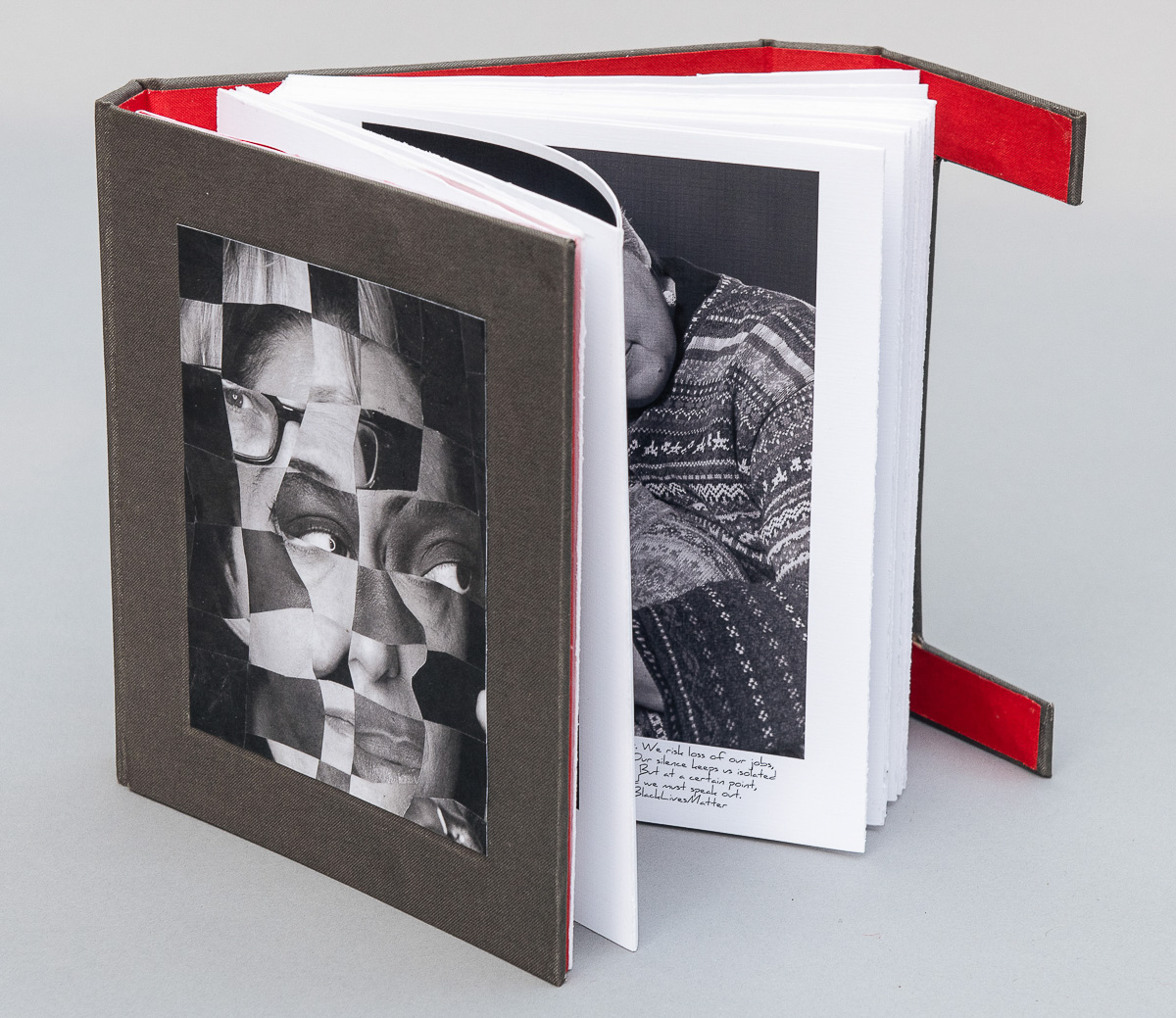
Image Credits
Jim Horton-Amelia Panico Portrait
Amelia Panico-Book art photographs


